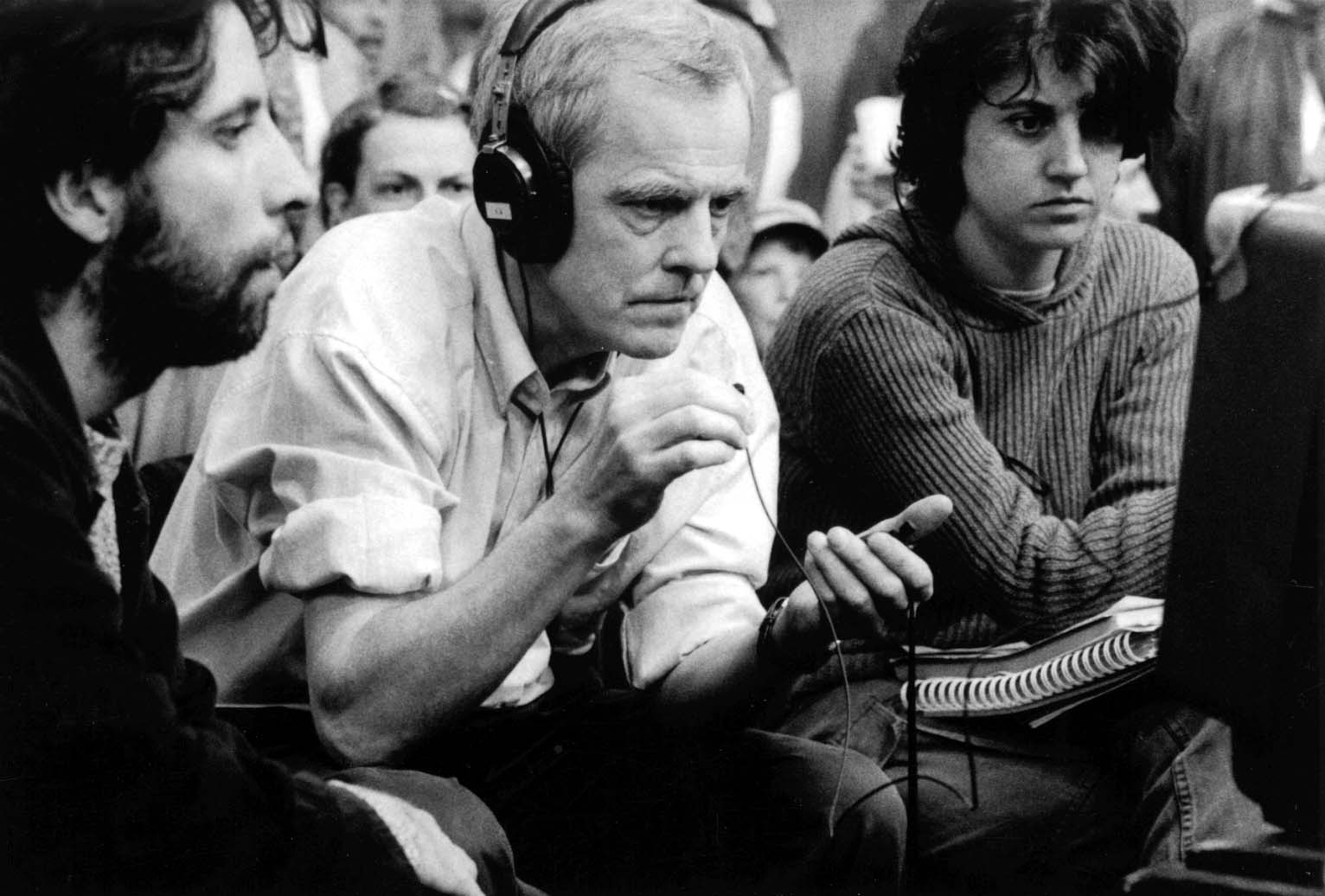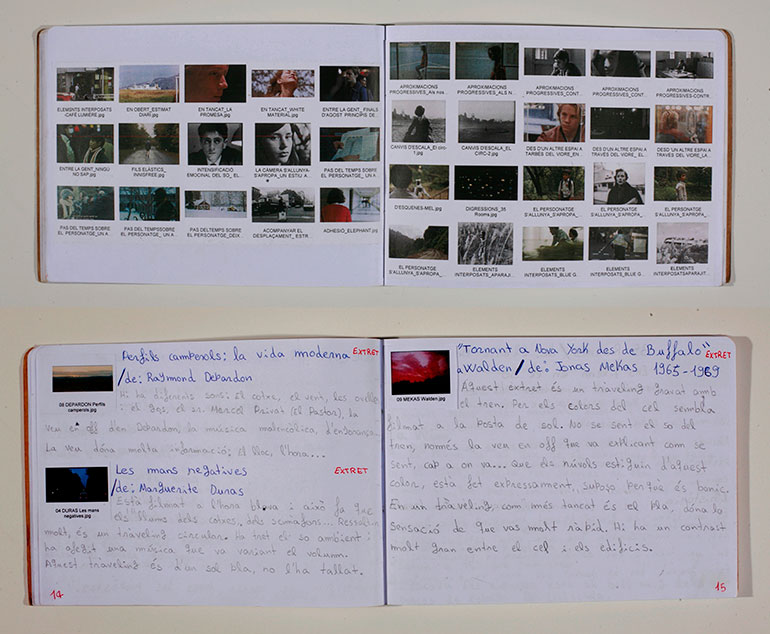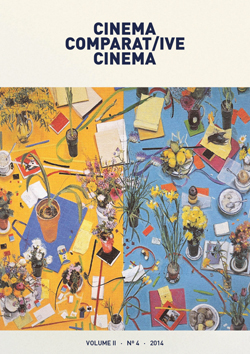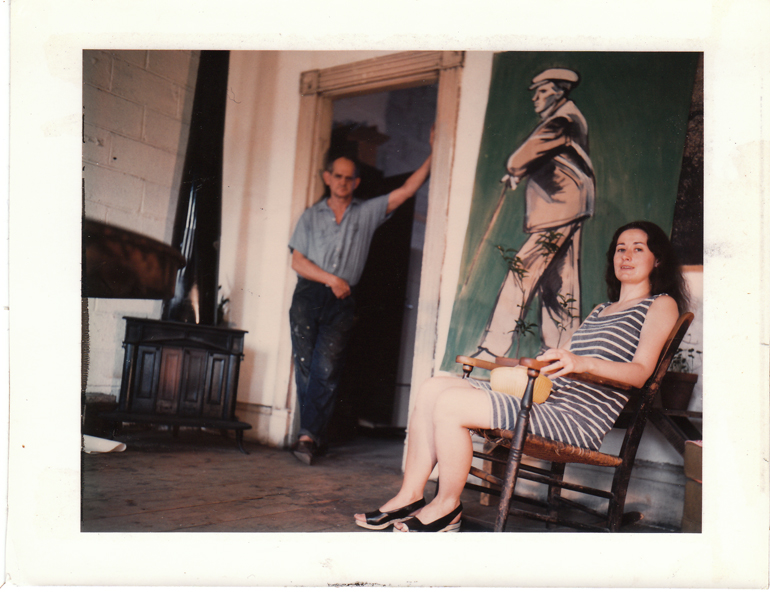DOWNLOAD |
Nº 4 MANNY FARBER: SYSTEMS OF MOVEMENTEditorial FILMS UNDER DISCUSSION. INTERVIEWABSTRACT DOCUMENTS. 4 ARTICLES BY FARBERThe Gimp Ozu's Films Rainer Werner Fassbinder Nearer My Agee to Thee (1965) DOCUMENTS. INTRODUCTIONS TO MANNY FARBERIntroduction to 'White Elephant Art vs. Termite Art and Other Writings on Film' Termite Makes Right. The Subterranean Criticism of Manny Farber Preface to 'Negative Space' Other Roads, Other Tracks The Filmic Space According to Farber ARTICLESABSTRACT ABSTRACT ABSTRACT ABSTRACT ABSTRACT REVIEWCoral Cruz. Imágenes narradas. Cómo hacer visible lo invisible en un guión de cine.
|
CALL FOR PAPERS Nº 15
Deadline for submissions: [EXTENDED] January 30th, 2020.
More information HERE.
ONLINE DOCUMENTS

ONLINE DOCUMENTS No. 7
Notes on the Media Crisis
Peter Watkins

ONLINE DOCUMENTS No. 5
The Screenings: Watching Creation from Nearby
Cinema en curs
The Creation Process
Cinema en curs
ONLINE DOCUMENTS No. 4
Catallegory fatigue
Miguel Amorim



